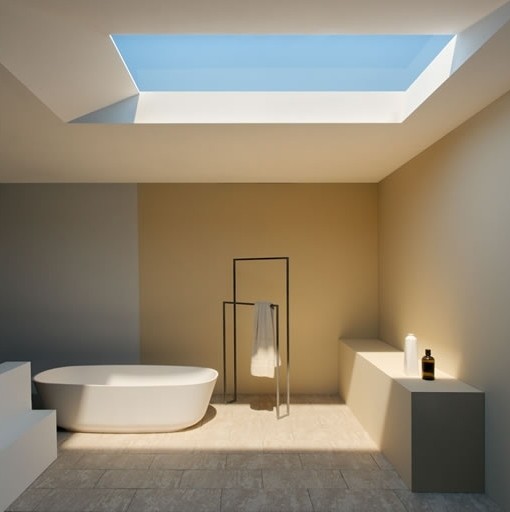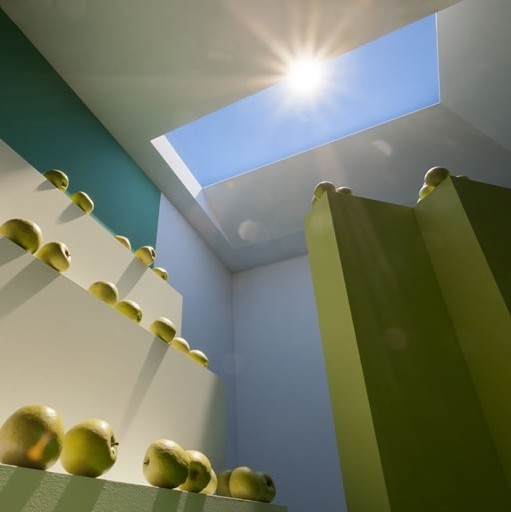A new breakthrough in lighting promises to deliver natural-looking artificial daylight for the first time. Where previous advancements have focused on things like color temperature, this new technology developed by Paolo di Trapani at the University of Insubria focuses on the delivery of light.
A prototype panel uses white LEDs that shine down through a clear plastic panel. It’s this panel that’s noteworthy as it is studded with titanium dioxide nanoparticles which are invisible to the human eye. The particles are tasked with scattering the light as it passes through much like the Earth’s atmosphere does with light from the sun.

It’s this extra step that makes the light seem much more realistic as it mimics the physics of Reylight scattering.
A prototype created by di Trapani features various panels that can simulate different outdoor lighting conditions. For example, one panel could mimic a bright sunny day while another could offer up a relaxing sunset.

There’s much to be said about the qualities of natural sunlight such as the fact that it can ease mild depression and reduce stress. The problem is that we don’t always have access to it. Sure, you can draw a curtain back on a sunny day to let some light in but that is assuming you have a window nearby and it’s actually sunny outside. This new technology could potentially solve these issues.
It’s not available for purchase just yet although di Trapani and his team plan to sell the light source through a company called CoeLux within the next couple of years.